You will need:
NOTHING. Do not try this at home or school unless you have formal training.
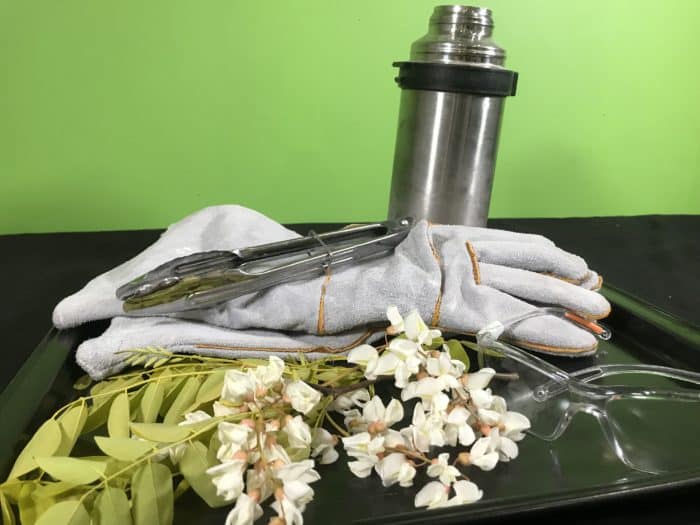
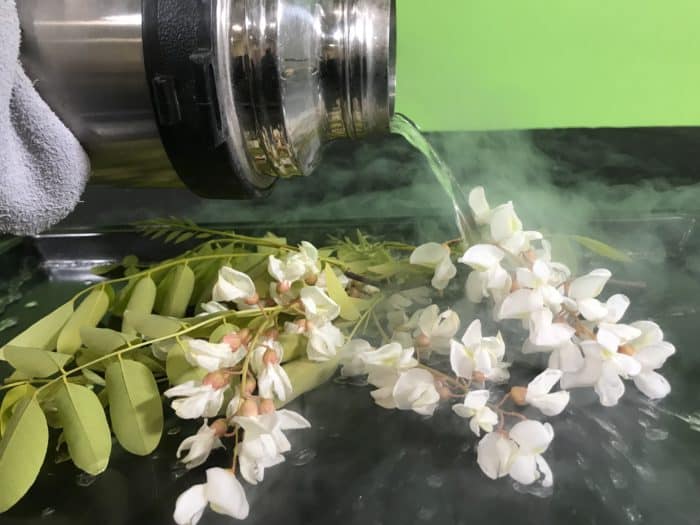
This experiment works best with large bunches of flowers or large flowers such as a rose or hibiscus. Place the flowers in a tray and carefully pour liquid nitrogen over the flowers. Read the explanation below after watching the short video on liquid nitrogen freezing a flower.

Go further – buy 5 x student activity sheets as extension worksheets.
This student science booklet has been created by experienced science educators from the Fizzics Education team.
Use these student worksheets as blackline masters for your science class!
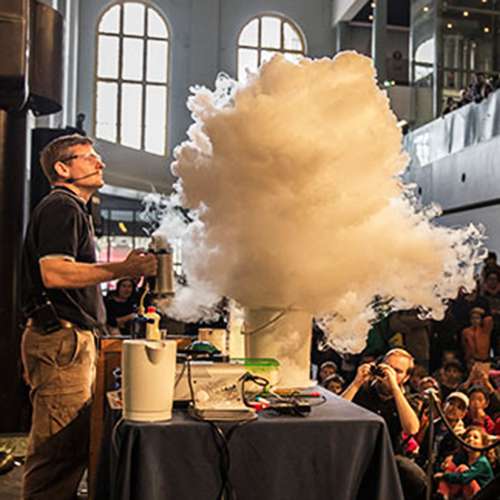
School science visits since 2004!
– Curriculum-linked & award-winning incursions.
– Over 40 primary & high school programs to choose from.
– Designed by experienced educators.
– Over 2 million students reached.
– Face to face incursions & online programs available.
– Early learning centre visits too!
Why Does This Happen
Liquid nitrogen has a temperature of -196 degrees Celsius. It is so cold that it freezes the water inside the plant cells quite easily. When it has warmed up, the flower becomes quite slimy as some of the cells have broken apart (lysed) and the liquid water inside is able to flow easily. The flower petals have effectively lost their structure. Try this experiment with lettuce leaves or a banana too!
Applications
Freezing flowers using liquid nitrogen is one way that cut flowers can be preserved through freeze-drying. By rapidly cooling the flowers, the ice crystals inside the cells do not get large enough to break the cell walls (thereby retaining the flower structure). Once the flowers are frozen solid, the moisture within the flowers is then carefully removed using a vacuum pump which causes the solid ice to sublimate into a gas which the vacuum pump then slowly moves to another chamber. Through this technique, the flowers have their water removed so that the colours remain without liquid water inside the plant. A lack of water means that the colours do not degrade due to chemical reactions that are helped by the presence of water. Once the flowers are freeze-dried, they can be returned to normal room temperatures and placed on display!
Classroom activity sheets for this experiment
Create, reflect & extend!
From basic ecology and digital microscopy to plants for life, we’ve got your living things unit covered!
Get in touch with FizzicsEd to find out how we can work with your class.
Liquid Nitrogen Show
Years K to 6
Maximum 60 students
Science show
45 minutes
Online Class Available
STEM Full Day Accelerator - Primary
Designed from real classroom experiences, this modular day helps you create consistently effective science learning that directly address the new curriculum with easily accessible and cost-effective materials.

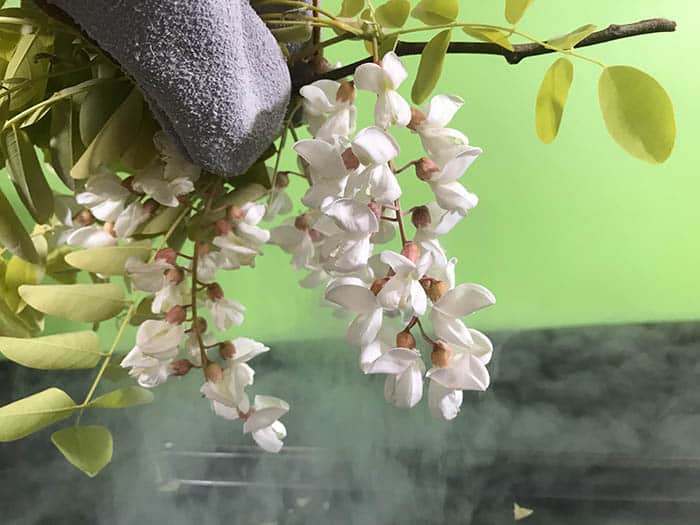
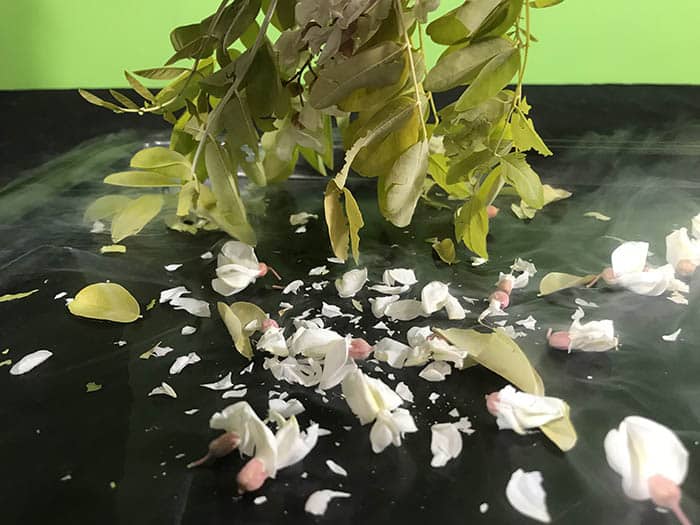

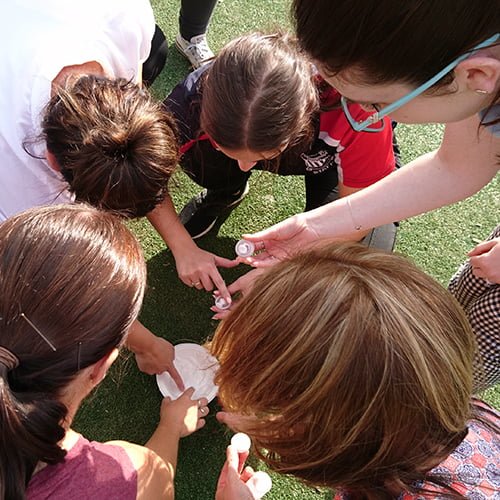


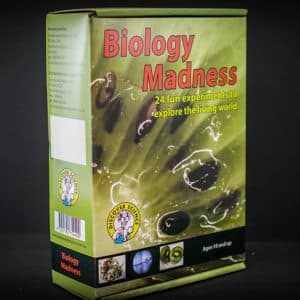
























That is fun looking activity. Freezing a flower in liquid nitrogen looks awesome. I am just wondering if liquid nitrogen can be used to extend the vase life of flowers? I am curious about it now.
Hi Allan!
We use this demonstration as part of a liquid nitrogen show as it looks fantastic and helps as part of a discussion on cell biology. Freezing flowers using liquid nitrogen is one way that cut flowers can be preserved through freeze-drying… check out the various techniques on this page by the Western Australian government. Once the flowers are frozen, a vacuum pump then removes the moisture slowly so that the flowers will be dry once returned to normal room temperatures. Once done, you can leave the flowers in the vase for much longer than fresh flowers!